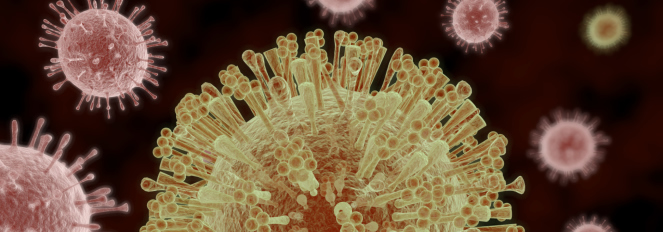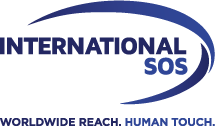Zika Virus
Clients and members can access the latest information and resources on the International SOS Zika website or the International SOS Member Zone. They can also call their nearest Assistance Centre for comprehensive advice and support 24/7.

The International SOS Zika website offers the latest news, travel advice, facts, FAQs and resources. It includes an interactive map of the affected regions. The map links to the International SOS country guides, allowing users to drill down for information on Zika-affected areas. Pandemic Information website subscribers have access to additional Zika awareness tools.
Please contact us if you wish to speak to someone about gaining access.
Background:
Zika is an emerging infectious disease that is transmitted to people through mosquito bites. It can also be transmitted through sexual contact.
First discovered in the 1940’s, Zika was not common. The first large outbreak occurred in 2007 - reaching the Americas in 2015 where it spread rapidly throughout the region. It is now present in tropical areas of many countries and territories of the Americas, Africa, Southeast Asia and Pacific Islands. Potentially, it could spread further.
The majority of people who become infected experience no symptoms. About one in five will have mild symptoms of fever, rash, muscle pains, joint pains and/or red eyes (conjunctivitis.) Most people will make a full recovery in about a week. However, the Zika virus can cause severe, irreversible birth defects (including microcephaly) in the babies of mothers who are infected whilst pregnant, as well as severe and potentially fatal neurological complications including muscular weakness known as "Guillain–Barré syndrome."

Everyone is urged to prevent infection through the use of insect repellents and condoms; pregnant women are advised to avoid travel to affected areas. Those who must travel are advised to consider delaying pregnancy for a period of time.










